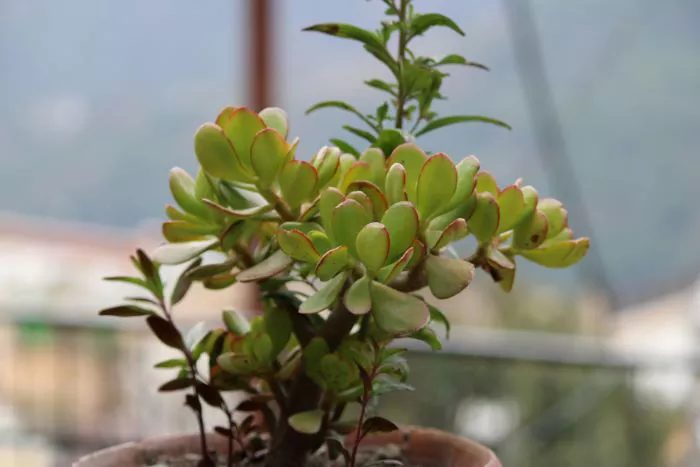Spring is a time of renewal and growth for succulents. As temperatures rise and daylight hours increase these hardy plants emerge from winter dormancy ready to thrive. Proper watering practices during spring are crucial for the health and vitality of succulents. This article provides professional guidance on how often to water succulents in spring ensuring they receive the right amount of moisture without risking overwatering.
Understanding Succulents
Succulents store water in their leaves stems or roots allowing them to survive in arid environments. They are adapted to withstand drought but require careful watering to prevent issues like root rot. Knowing the specific needs of your succulent species is important as different types may have varying requirements.
Spring Growth Cycle
During spring succulents enter an active growth phase. Increased sunlight and warmer temperatures stimulate new leaf development and flowering. This period of growth means succulents will need more water compared to their dormant winter state. However it is essential to balance water supply with drainage to avoid waterlogging the soil.
Factors Affecting Watering Frequency
Several factors influence how often you should water succulents in spring including temperature humidity light exposure and soil type. Warmer temperatures and higher humidity levels can increase evaporation rates requiring more frequent watering. Conversely cooler temperatures and lower humidity may extend the time between waterings. Light exposure also plays a role as succulents in brighter locations tend to dry out faster than those in shaded areas. Soil type affects drainage sandy or well-aerated soils dry out quicker while heavy clay soils retain moisture longer.
Adjusting Watering Practices
In spring water succulents more frequently than in winter but still allow the soil to dry out between waterings. The exact frequency depends on the above factors but generally aim to water every one to two weeks. Check the moisture level by inserting a wooden skewer into the soil. If it comes out clean the soil is dry and ready for watering. Alternatively stick your finger into the soil up to the first knuckle. If it feels dry it is time to water.
Measuring Water Amounts
When watering succulents use enough water to thoroughly moisten the soil. For potted succulents ensure excess water drains freely from the bottom of the container. Avoid leaving standing water in saucers as this can lead to root rot. For outdoor succulents water deeply but infrequently encouraging roots to grow deeper into the soil.
Monitoring Soil Moisture
Regularly monitor the soil moisture to avoid overwatering. Lift the pot gently. A lighter weight indicates dry soil while a heavier weight suggests moist soil. Using a moisture meter can help accurately gauge soil moisture levels. Observe the plant’s appearance as well. Wrinkled or shriveled leaves may indicate underwatering while yellowing or mushy leaves can be signs of overwatering.
Providing Adequate Light
Light plays a crucial role in succulent health. Place indoor succulents near a window where they can receive at least six hours of indirect sunlight daily. Rotate the pots weekly to ensure all sides receive equal light exposure. If natural light is insufficient consider using grow lights positioned about six inches above the plants. Outdoor succulents benefit from full sun exposure but protect them from intense midday sun which can cause scorching.
Fertilizing During Spring
Spring is an ideal time to fertilize succulents. Use a cactus or succulent-specific fertilizer diluted to half strength once every two months. Avoid fertilizing during periods of dormancy as this can encourage weak growth that may not survive harsh conditions. Fertilizing supports healthy growth and vibrant colors.
Pruning and Cleaning
Inspect your succulents regularly for any signs of pests or disease. Remove dead or dying leaves promptly to prevent the spread of infection. Dust can accumulate on the leaves blocking sunlight and hindering photosynthesis. Gently wipe the leaves with a damp cloth or use a soft brush to keep them clean and healthy.
Conclusion
Watering succulents in spring requires careful consideration of various factors including temperature humidity light exposure and soil type. By adjusting watering practices measuring water amounts monitoring soil moisture providing adequate light fertilizing and pruning you can ensure your succulents remain healthy and vibrant throughout the growing season. With proper care succulents can thrive bringing beauty and vitality to your home or garden.


